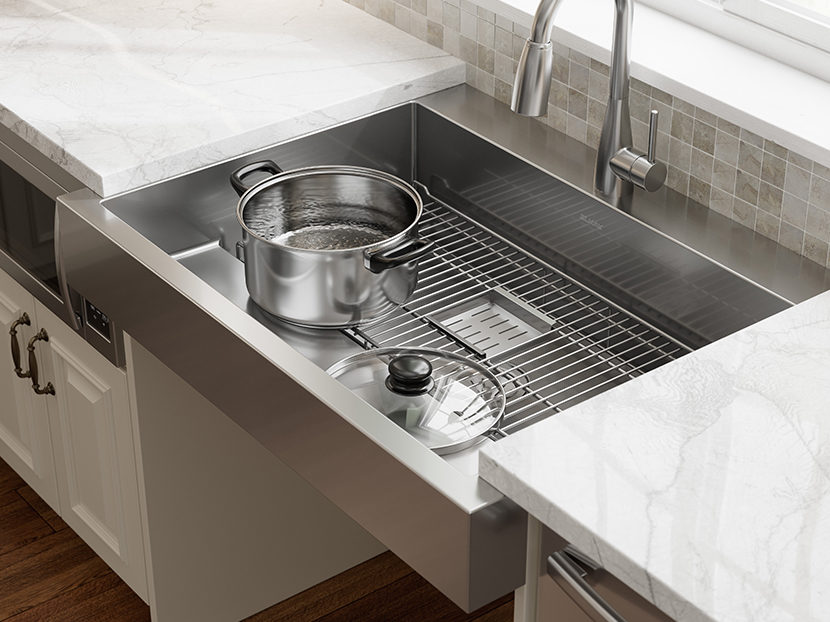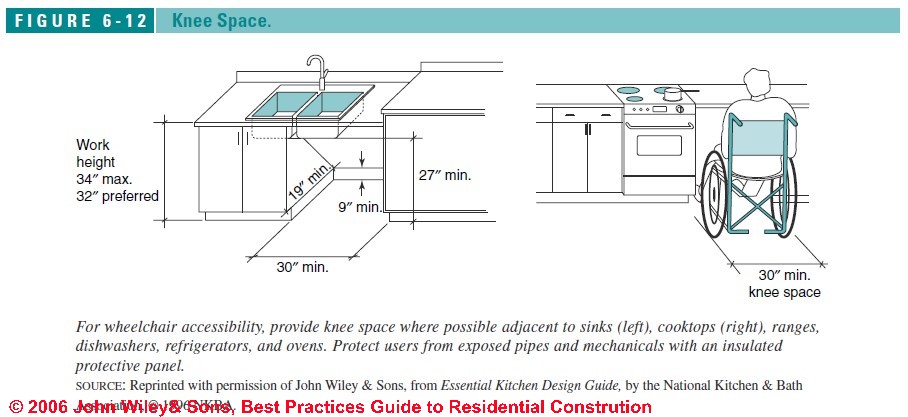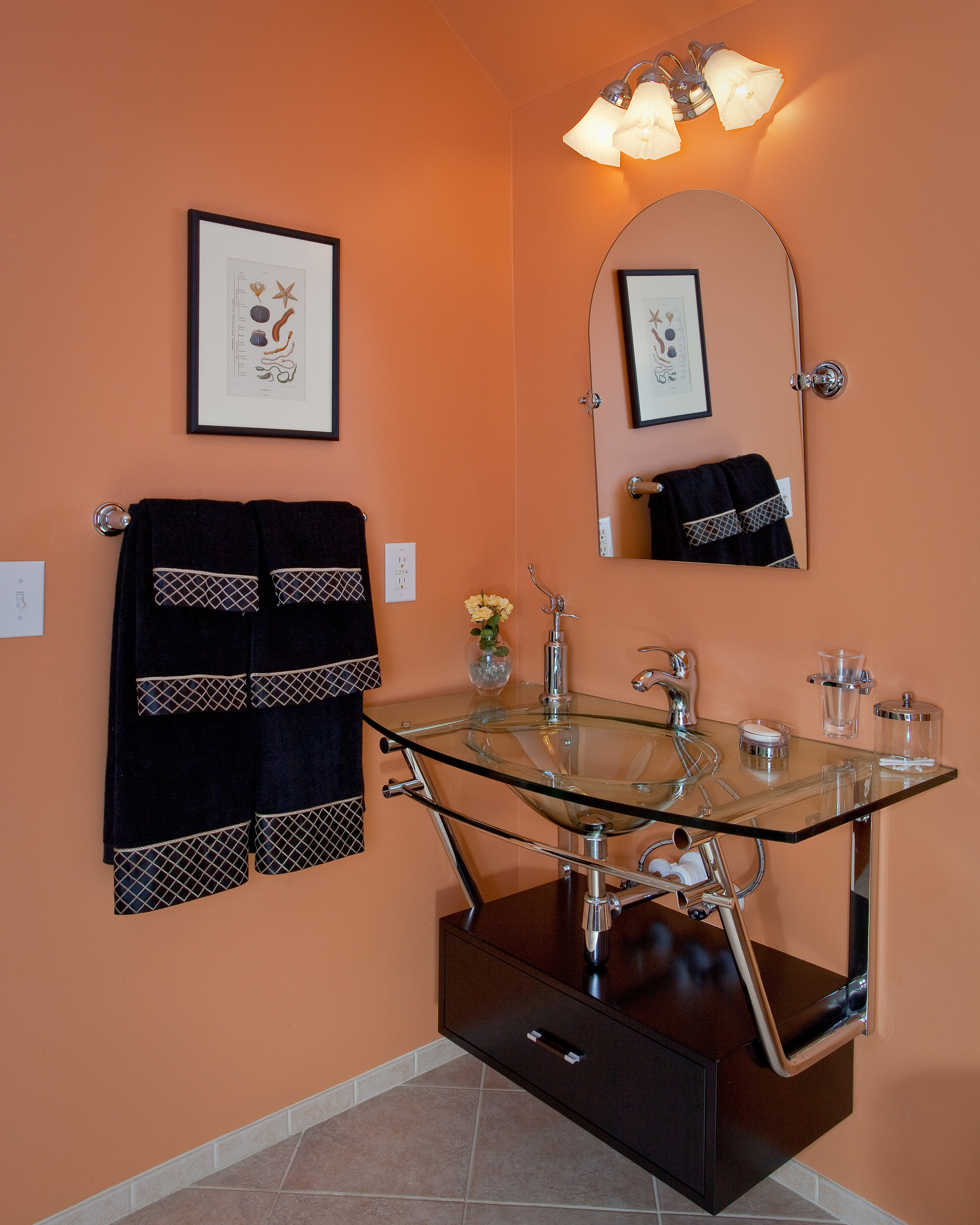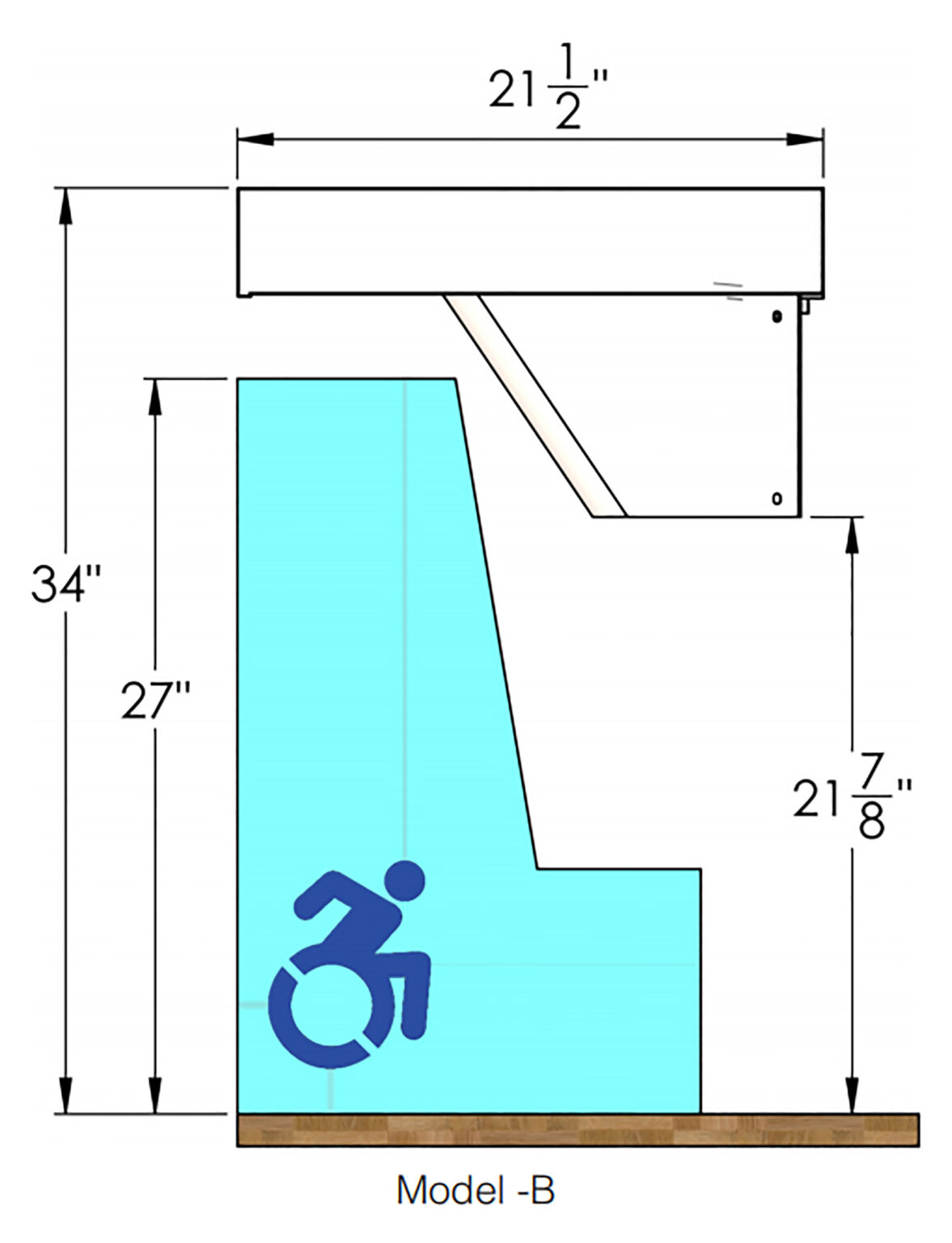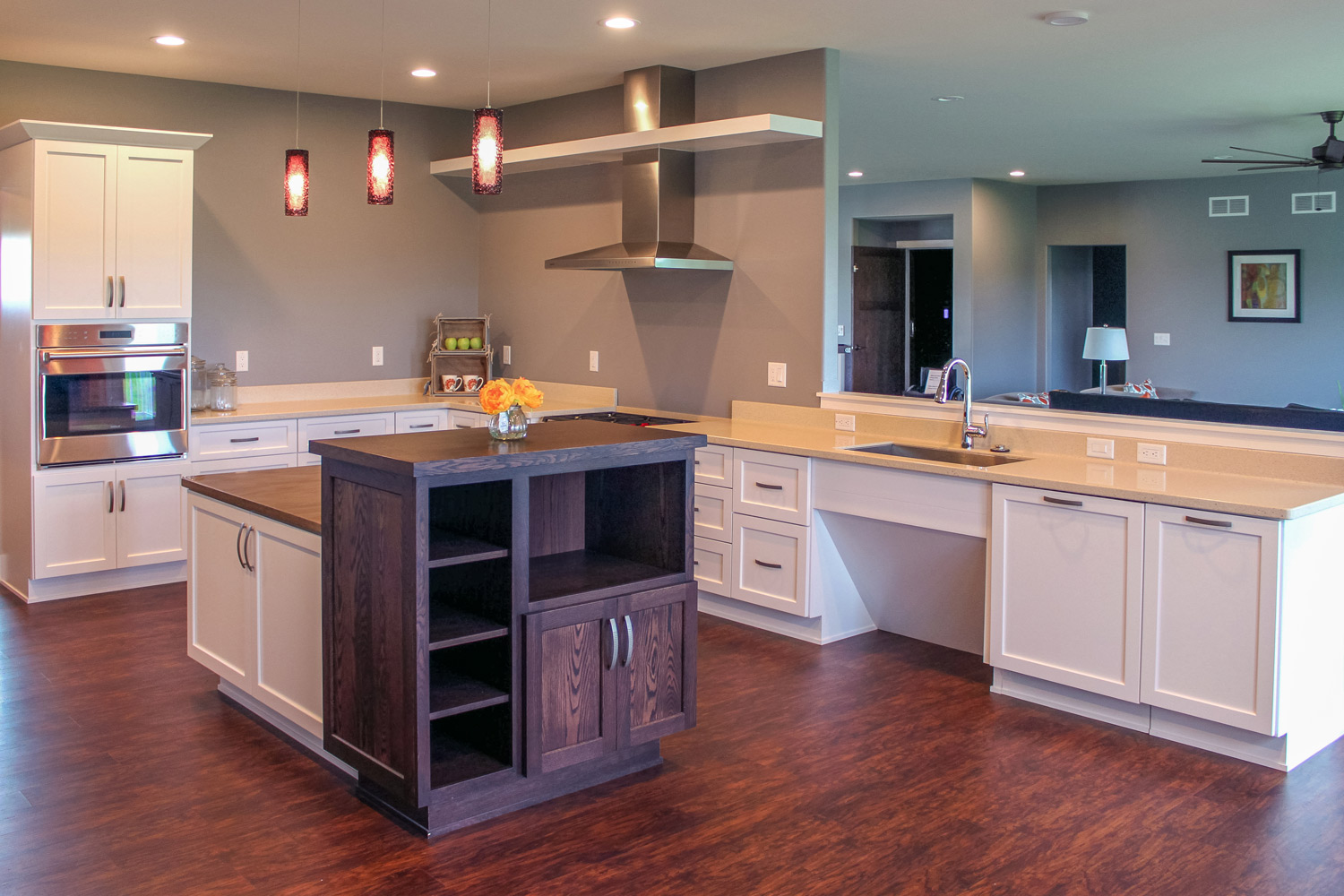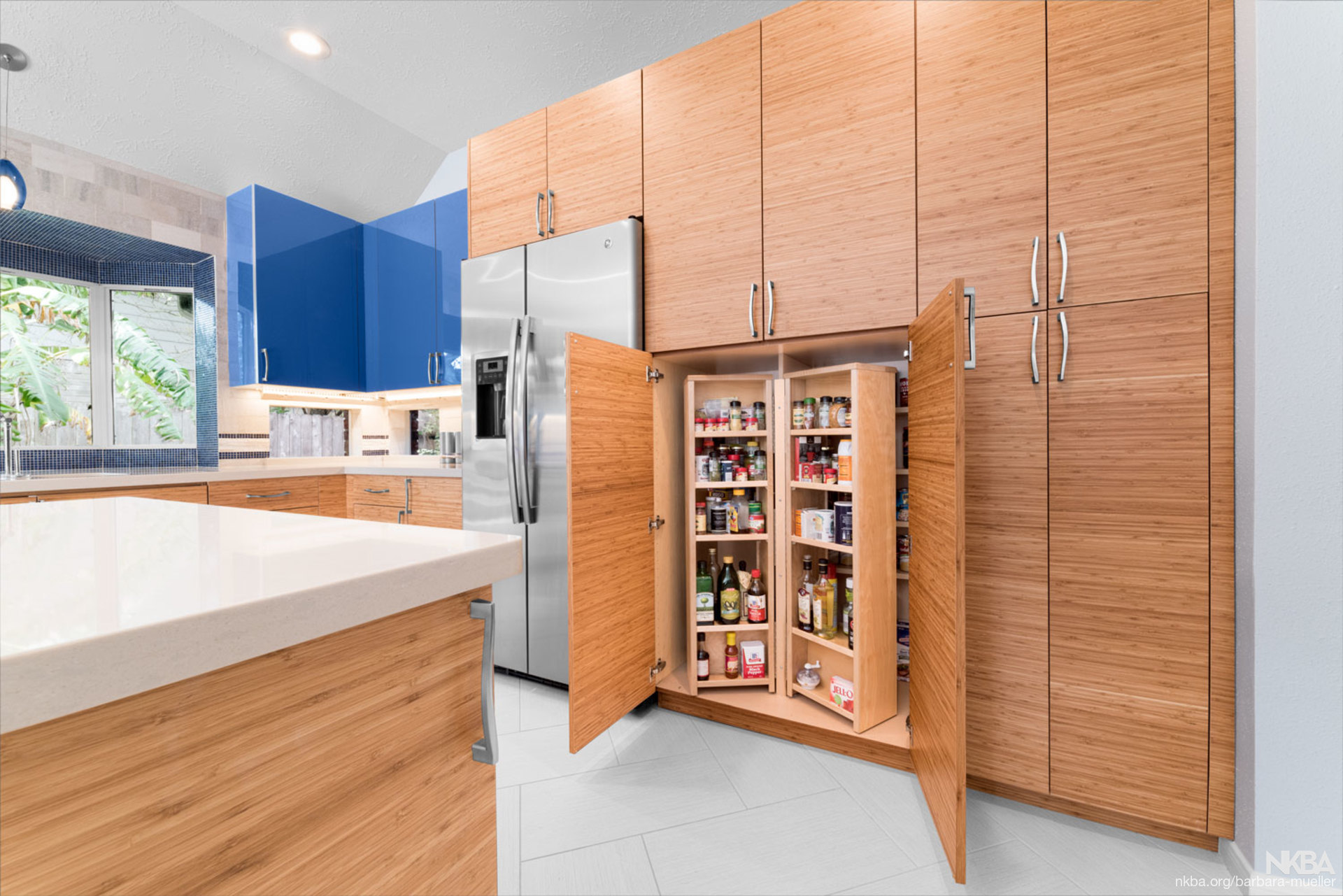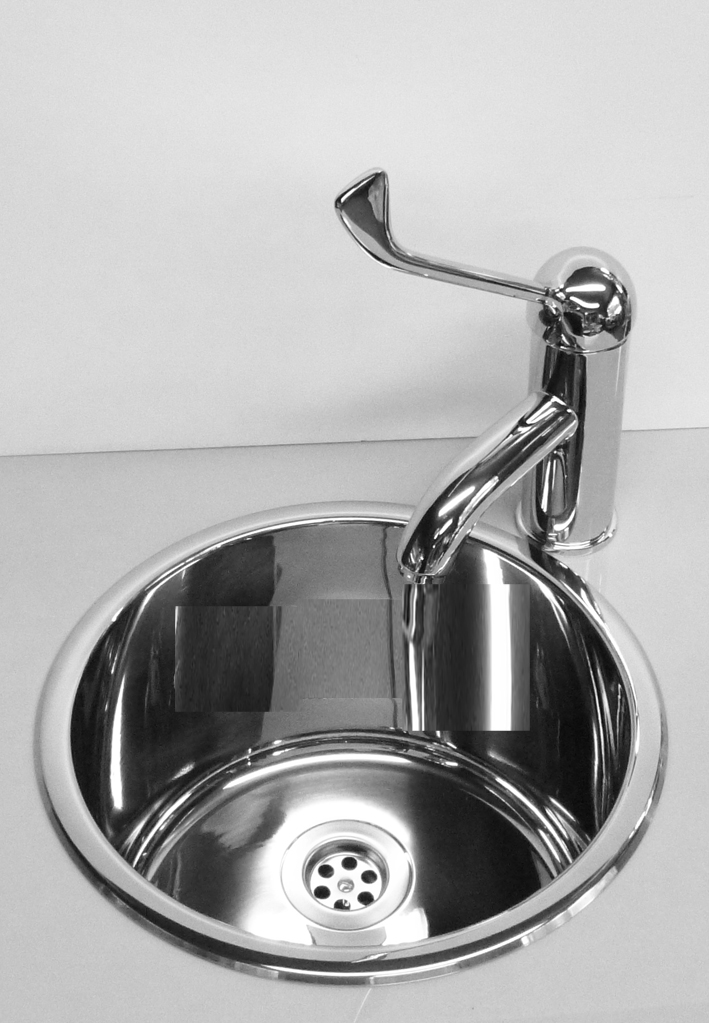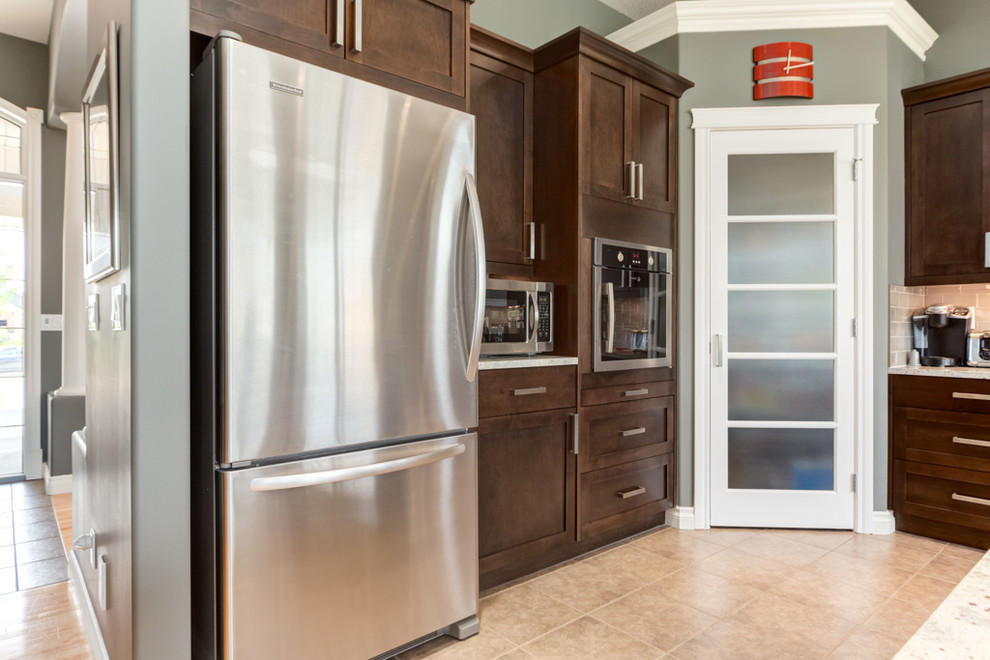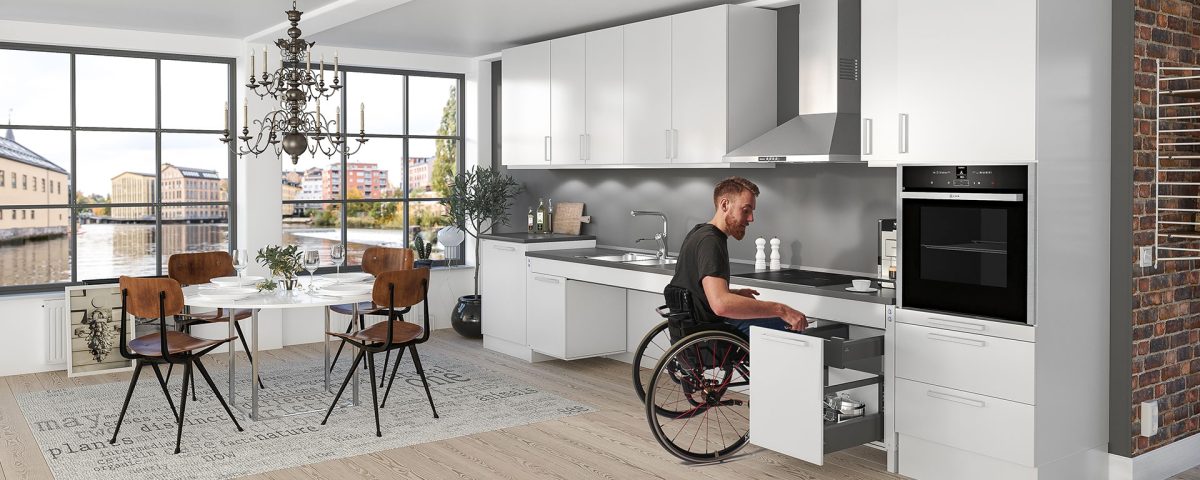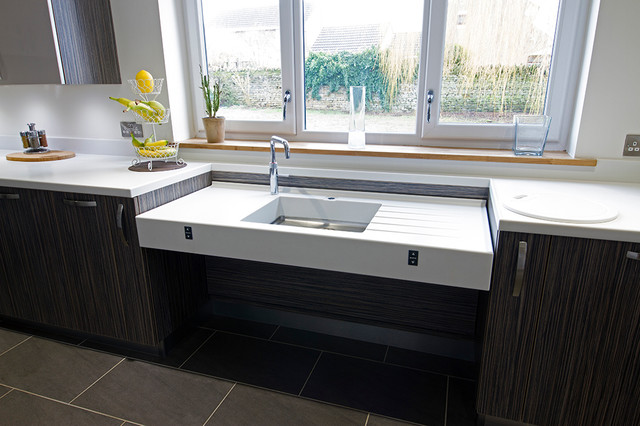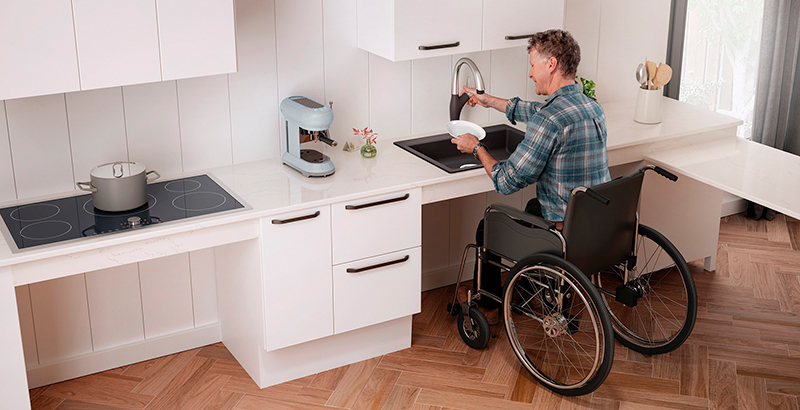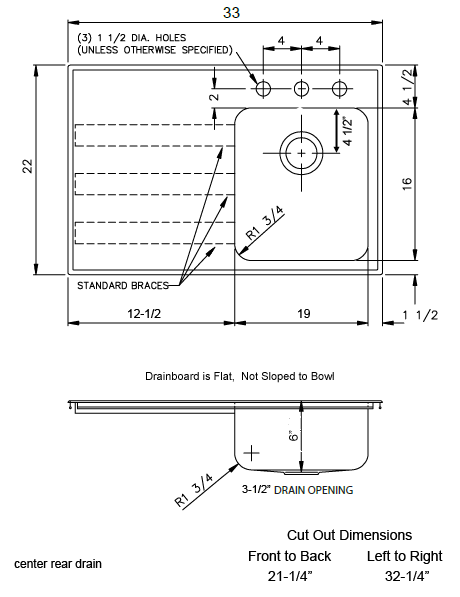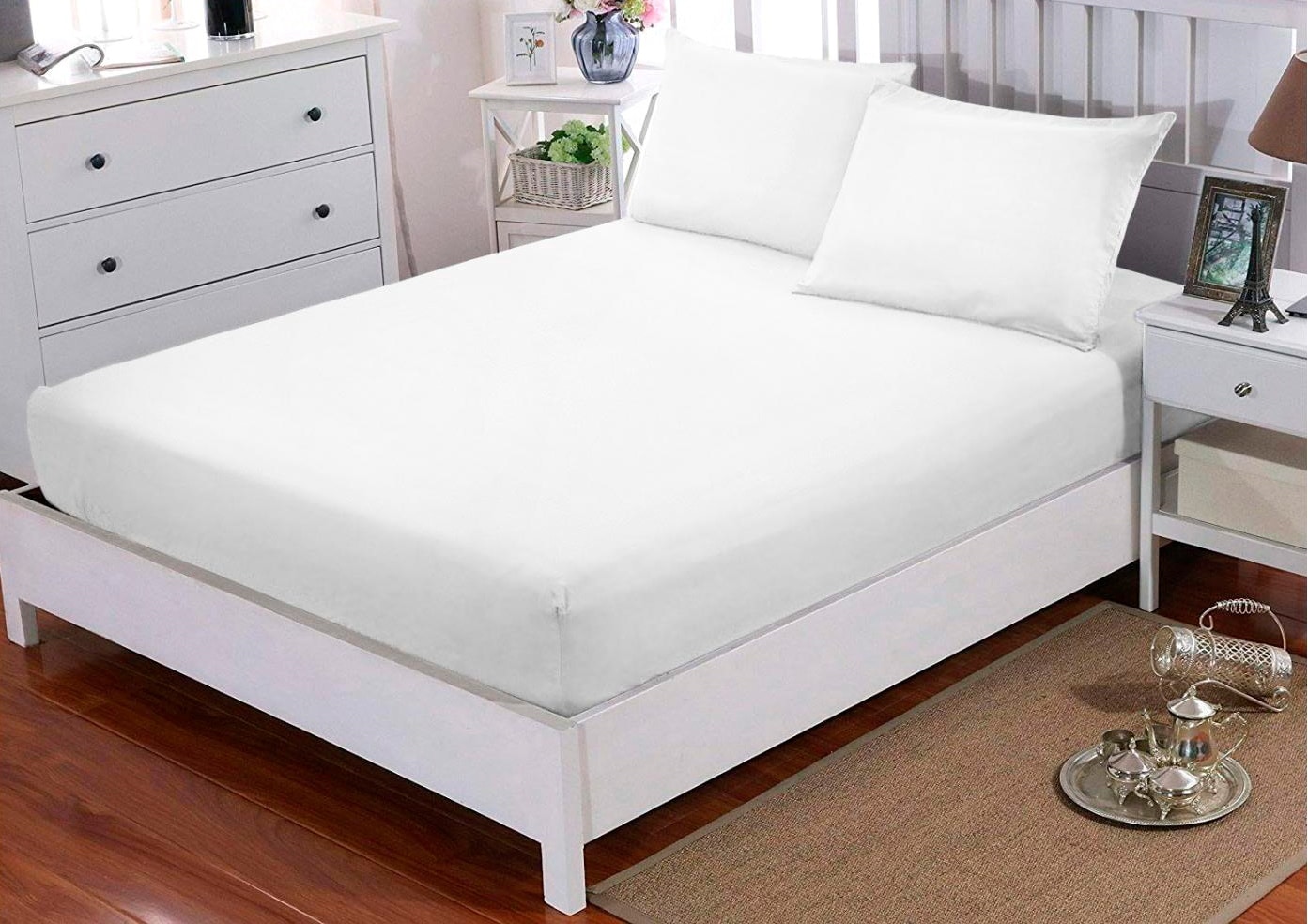When designing or remodeling a kitchen, it's important to consider the needs of all users, including those with disabilities. One crucial aspect to consider is the sink, as it is an essential part of any kitchen. For those with disabilities, having an ADA compliant kitchen sink can make a huge difference in their everyday tasks. Let's take a closer look at what makes a kitchen sink ADA compliant and why it's important.ADA Compliant Kitchen Sinks
The depth of a kitchen sink is an important factor to consider for accessibility. The standard depth of a kitchen sink is around 8-9 inches, which can be difficult for individuals in wheelchairs or with limited mobility to reach. An accessible kitchen sink depth, according to ADA guidelines, should be no more than 6.5 inches deep. This allows for easier reach and use of the sink for individuals with disabilities.Accessible Kitchen Sink Depth
For individuals who use wheelchairs, having a sink that is easily accessible is crucial. In addition to the accessible sink depth, there are other features that can make a kitchen sink wheelchair accessible. These include a lower sink height, no cabinets or obstacles under the sink, and insulated pipes under the sink to prevent burns. These features make it easier for individuals to reach and use the sink while in a wheelchair.Wheelchair Accessible Kitchen Sinks
Universal design is the concept of creating products and spaces that are accessible and usable for people of all ages and abilities. When it comes to kitchen sinks, this means incorporating features that can benefit both able-bodied individuals and those with disabilities. This can include a sink with a single, lever-operated faucet, which is easier for individuals with limited hand dexterity to use. It can also include a pull-out sprayer, which allows for more flexibility and ease of use.Universal Design Kitchen Sinks
Another term often used for accessible kitchen sinks is "barrier-free". This refers to a sink that has no barriers or obstructions, making it easier for individuals with disabilities to use. This can include a sink that is mounted to the wall, rather than a vanity or countertop, allowing for easier access underneath. It can also include a sink with a lower rim or no rim at all, allowing for easier reach and use.Barrier-Free Kitchen Sinks
Handicap accessible kitchen sinks are designed to meet the needs of individuals with physical disabilities. This can include features such as a lower sink height, easy-to-use faucets and handles, and a deeper sink bowl for easier reach. These sinks are also designed to be durable and withstand the use of adaptive equipment, such as a lift or transfer device, if needed.Handicap Accessible Kitchen Sinks
When it comes to designing an accessible kitchen sink, there are certain dimensions to keep in mind. As mentioned before, the sink depth should be no more than 6.5 inches. The sink height should also be lower, between 29-34 inches, to accommodate individuals in wheelchairs. The width of the sink should also be at least 30 inches, to allow for easier use and movement around the sink area.Accessible Kitchen Sink Dimensions
The height of a kitchen sink is an important factor for accessibility. As mentioned before, the sink height should be between 29-34 inches for individuals in wheelchairs. This height is also suitable for individuals of different heights and abilities, making it a universal design feature. For individuals who are able to stand, a lower sink height can also reduce strain on the back and arms while using the sink.Accessible Kitchen Sink Height
The width of a kitchen sink is also important for accessibility. A wider sink allows for easier access and use for individuals with disabilities. It also provides more space for adaptive equipment, if needed. A width of at least 30 inches is recommended for an accessible kitchen sink.Accessible Kitchen Sink Width
According to ADA guidelines, the depth of an accessible kitchen sink should not exceed 6.5 inches. This requirement is in place to ensure that individuals with disabilities can easily reach and use the sink. It's important to keep in mind the needs of all users when designing a kitchen, and ensuring that the sink is accessible is a crucial part of that. By meeting the accessible kitchen sink depth requirements, you can create a more inclusive and functional space for all individuals.Accessible Kitchen Sink Depth Requirements
The Importance of Accessible Kitchen Sink Depth in House Design

Creating a Functional and Inclusive Kitchen
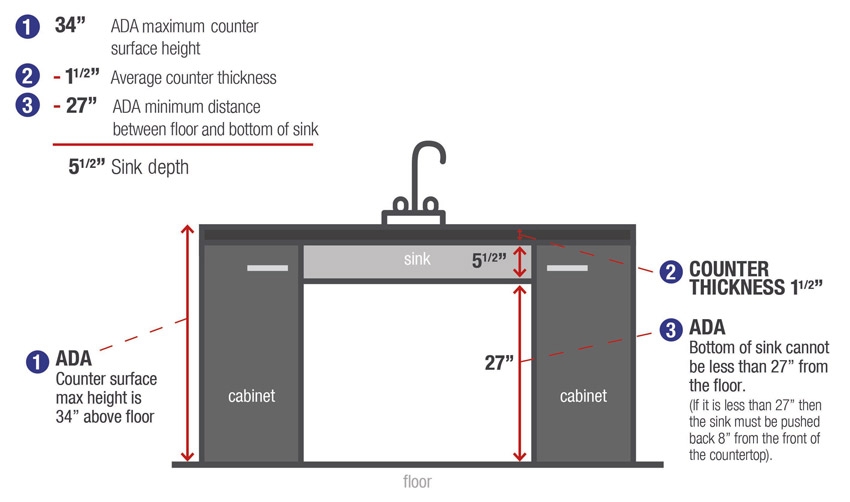 When designing a house, every detail matters. From the layout of the rooms to the color of the walls, each decision plays a crucial role in creating a functional and aesthetically pleasing space. One area that often gets overlooked is the kitchen sink depth. However, this seemingly minor detail can make a significant impact on the overall accessibility and usability of a kitchen, especially for individuals with mobility or physical limitations.
Accessible kitchen sink depth
refers to the distance between the top of the sink and the countertop. This measurement is essential for individuals who use wheelchairs or have difficulty standing for extended periods. A standard kitchen sink depth of 8-10 inches may seem convenient for most people, but it can be a hindrance for those with limited mobility. For them, a lower sink depth of 5-6 inches is more accessible and allows for easier reach and use.
When designing a house, every detail matters. From the layout of the rooms to the color of the walls, each decision plays a crucial role in creating a functional and aesthetically pleasing space. One area that often gets overlooked is the kitchen sink depth. However, this seemingly minor detail can make a significant impact on the overall accessibility and usability of a kitchen, especially for individuals with mobility or physical limitations.
Accessible kitchen sink depth
refers to the distance between the top of the sink and the countertop. This measurement is essential for individuals who use wheelchairs or have difficulty standing for extended periods. A standard kitchen sink depth of 8-10 inches may seem convenient for most people, but it can be a hindrance for those with limited mobility. For them, a lower sink depth of 5-6 inches is more accessible and allows for easier reach and use.
Promoting Independence and Safety
 Having an
accessible kitchen sink
is not only a matter of convenience but also a safety concern. When individuals with disabilities or seniors have to reach over a deep sink to wash their dishes, it can put them at risk of losing their balance and causing an accident. By having a shallower sink depth, they can maintain their balance and perform everyday tasks independently and safely.
Moreover, having an
accessible kitchen sink
can also benefit individuals who are recovering from injuries or surgeries. It can make their daily routines more manageable and help them regain their independence quicker. Inclusive design is not just about accommodating those with disabilities but also promoting inclusivity and independence for everyone.
Having an
accessible kitchen sink
is not only a matter of convenience but also a safety concern. When individuals with disabilities or seniors have to reach over a deep sink to wash their dishes, it can put them at risk of losing their balance and causing an accident. By having a shallower sink depth, they can maintain their balance and perform everyday tasks independently and safely.
Moreover, having an
accessible kitchen sink
can also benefit individuals who are recovering from injuries or surgeries. It can make their daily routines more manageable and help them regain their independence quicker. Inclusive design is not just about accommodating those with disabilities but also promoting inclusivity and independence for everyone.
Designing for the Future
 As the population ages and more individuals face mobility challenges, the demand for
accessible housing
will continue to rise. It is crucial to consider
accessible kitchen sink depth
in the design process to future-proof homes and make them suitable for all ages and abilities. This not only adds value to the property but also ensures that it can accommodate a wider range of potential buyers in the future.
In conclusion,
accessible kitchen sink depth
may seem like a small detail, but it can make a significant impact on the functionality, safety, and inclusivity of a kitchen. When designing a house, it is essential to consider the needs of all individuals and create spaces that are not only beautiful but also functional and accessible. So, the next time you are designing a kitchen, remember to pay attention to the sink depth and make it accessible for all.
As the population ages and more individuals face mobility challenges, the demand for
accessible housing
will continue to rise. It is crucial to consider
accessible kitchen sink depth
in the design process to future-proof homes and make them suitable for all ages and abilities. This not only adds value to the property but also ensures that it can accommodate a wider range of potential buyers in the future.
In conclusion,
accessible kitchen sink depth
may seem like a small detail, but it can make a significant impact on the functionality, safety, and inclusivity of a kitchen. When designing a house, it is essential to consider the needs of all individuals and create spaces that are not only beautiful but also functional and accessible. So, the next time you are designing a kitchen, remember to pay attention to the sink depth and make it accessible for all.







